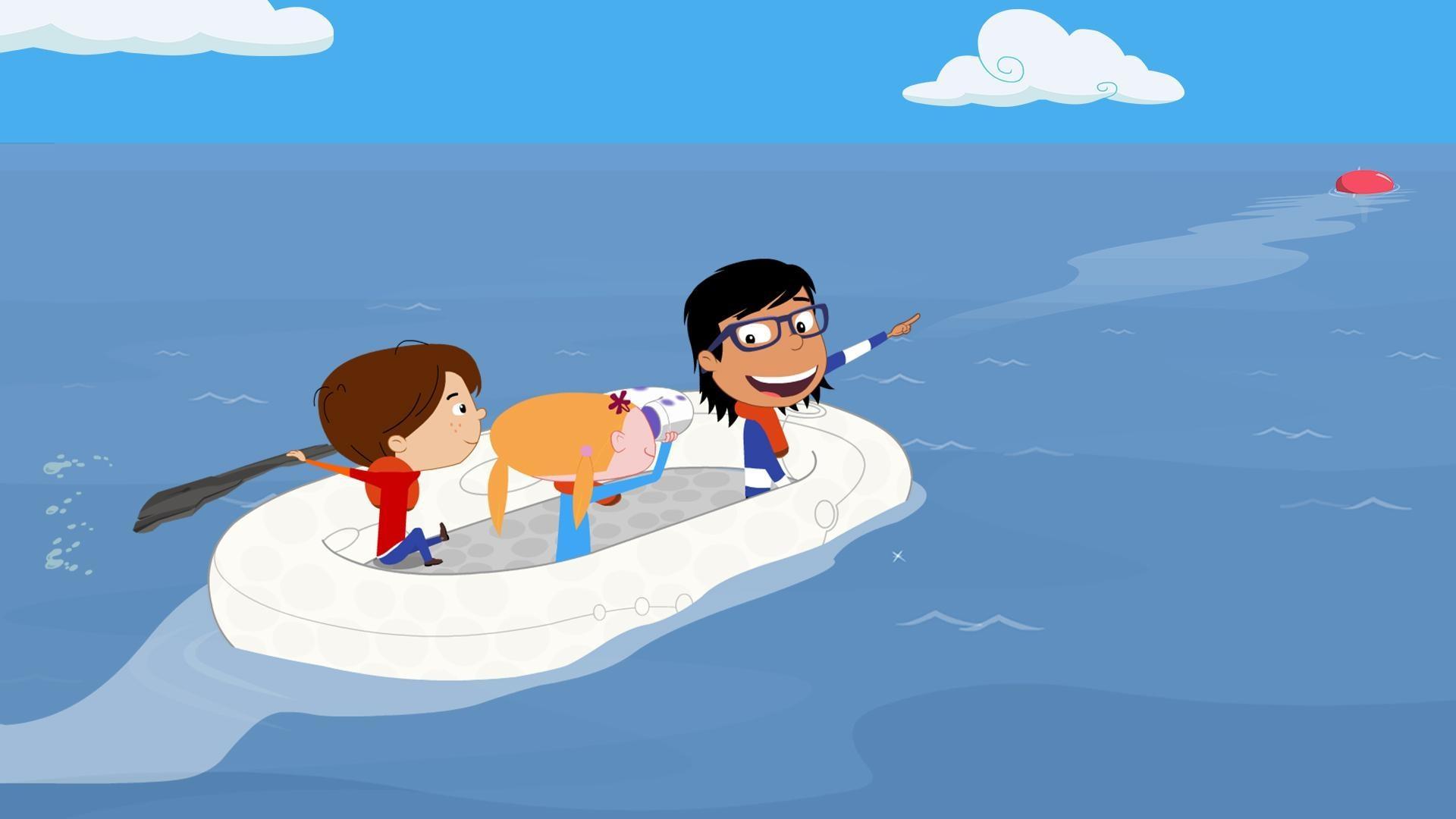 5minutes.
5minutes.The Brick-Eating Ivy Mystery
 5minutes.
5minutes.The Brick-Eating Ivy Mystery
 2minutes.
2minutes.Cities vs. Plants
 3minutes.
3minutes.Plant Your Socks!
 2minutes.
2minutes.Cook an Egg!
 3minutes.
3minutes.Squirrel for a Day
 5minutes.
5minutes.The Hidden Alligator Mystery
 1minutes.
1minutes.When Animals are Thirsty...
 5minutes.
5minutes.The Manta Ray Mystery
 5minutes.
5minutes.The Haunted Shipyard Mystery
 1minutes.
1minutes.Why We Live in the City!
 2minutes.
2minutes.Where Does All the Snow Go?
 3minutes.
3minutes.Wild, Wild Life
 1minutes.
1minutes.Where's Plum From?
 6minutes.
6minutes.The Lost Lake -- Desert 1
 4minutes.
4minutes.The Search for Shrimp -- Desert 2
 4minutes.
4minutes.Digging for Clues -- Desert 3
 3minutes.
3minutes.Earth to Blorb: the Desert!
 2minutes.
2minutes.Deserts Aren't Dead!
 2minutes.
2minutes.Brad Befriends a Bilby
 4minutes.
4minutes.Build A Rain Barrel
 4minutes.
4minutes.Visit A Vernal Pool
 5minutes.
5minutes.Race to Save Water
 3minutes.
3minutes.Roots and Shoots
 3minutes.
3minutes.Evaporation Station
 4minutes.
4minutes.River Rollercoaster -- Mangrove 1
 4minutes.
4minutes.Mangrove Mystery -- Mangrove 2
 4minutes.
4minutes.Ocean Odyssey -- Mangrove 3
 3minutes.
3minutes.Earth to Blorb: Water!
 2minutes.
2minutes.Clem Marvels at a Mangrove
 2minutes.
2minutes.Oliver Takes out the Trash
 3minutes.
3minutes.Follow the Water
 4minutes.
4minutes.Underwater Hiding Places
 4minutes.
4minutes.Water Carries Everything
 4minutes.
4minutes.Catch Me If You Can
 4minutes.
4minutes.Build a Watershed
 4minutes.
4minutes.A Peek at the Peak -- Mountain 1
 4minutes.
4minutes.Moose Mania! -- Mountain 2
 4minutes.
4minutes.Bubble Wrap -- Mountain 3
 2minutes.
2minutes.Earth to Blorb: Mountains!
 2minutes.
2minutes.Gabi Notices a Nest
 5minutes.
5minutes.Hiking Wachusett
 3minutes.
3minutes.Hiking the Rockies
 3minutes.
3minutes.Mountain Face-Off
 3minutes.
3minutes.Habitat Sweet Habitat
 3minutes.
3minutes.Pin the Moose on the Mountain
 4minutes.
4minutes.What's that Sound?! -- Jungle 1
 4minutes.
4minutes.What's that Smell?! -- Jungle 2
 4minutes.
4minutes.Stinkarama! -- Jungle 3
 2minutes.
2minutes.Earth to Blorb: the Jungle!
 1minutes.
1minutes.Jungle Jam!